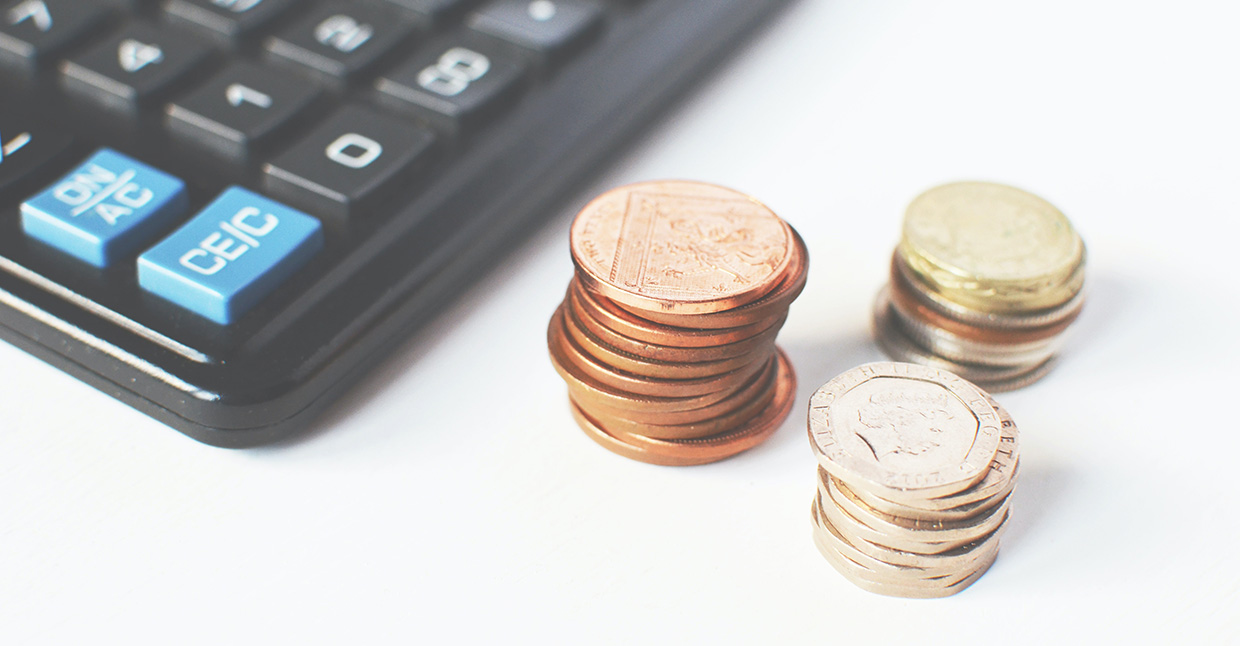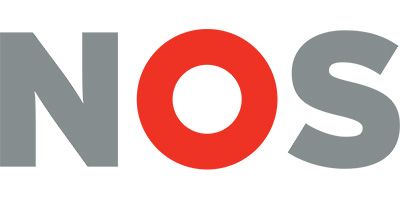
Determining the perfect price; a challenging task.
What is the “perfect price” for your product? How do you ensure your product is not too expensive, but also not too cheap? How do you maintain a good balance between supply and demand?
Perhaps you want to launch a new product on the market. Or you want to increase the price of your current product. At those times, conducting thorough price research is essential.
Price research provides insight into consumer price acceptance. And we know: consumer price acceptance determines whether your product actually ends up in the shopping basket.
In this way, price research removes uncertainties surrounding pricing. You no longer determine your product's price based on intuition or competition, but on well-substantiated facts.
Trouwens, laatst gaven we een - gratis - lunchwebinar over pricing. In dit lunchwebinar onthulden Tim en Tom de laatste praktische inzichten over de psychologie van prijsdynamica.
Aangezien je dit blog leest, dacht ik dat je deze webinar helemaal mooi zal vinden! Terugkijken kan heel simpel via deze link. Ik ben benieuwd wat je ervan vond!
The Basics - How Prices are Processed in the Brain
To find out how we can best determine a price, we first need to know how prices are processed in our brain.
Although we might think we process prices very rationally, nothing could be further from the truth. Prices are largely processed intuitively. It is estimated that we make as much as 90% of our choices unconsciously.
We do not take ample time to absorb a price and weigh the pros and cons against each other. No, in a matter of milliseconds, we absorb the price information and decide based on intuition whether we buy the product or not.
And while we sometimes think we have thought very rationally about a particular purchase, often that rationalisation sneaks in afterwards to support our initial (and thus intuitive) choice.
The Van Westendorp Method vs. Neuro Price Research
In this blog, we discuss two methods for conducting price research: the Price Meter (or the Van Westendorp method) and Neuro Price Research. Both methods aim to make consumer price acceptance transparent, but the approaches of these methods are very different.
Therefore, in this blog, we will discuss what these research methods entail and what advantages and disadvantages are associated with these methods.
Van Westendorp Method - The Price Meter
First, the Van Westendorp method, also known as the Price Meter. The Price Meter aims to determine when the price for a particular product is accepted or rejected.
The Van Westendorp method does this based on a questionnaire, asking four questions to determine whether the consumer finds the product “too expensive”, “expensive”, “cheap”, or “too cheap”.
Participants then enter a price for each of these four dimensions, and these values are plotted on a graph. The ‘optimal’ price is then determined based on where these lines intersect.
The downside of this method is that you ask participants about their price acceptance. By literally asking, the consumer starts to think critically about the price. While in everyday purchasing situations, the consumer often works considerably less critically.
We mentioned earlier in this blog; it is estimated that we make our choices intuitively 90% of the time. Asking about price acceptance pushes the consumer into a rational mindset, causing their answers not to match their behaviour. This can give a distorted view of reality, which you would rather not base your pricing on.
Neuro Price Research
In contrast to the Van Westendorp method, with neuro price research, we do not look at the conscious reaction to a price, but rather examine the unconscious reaction.
During Neuro Price Research, the unconscious is measured by taking a look into the consumer's decision centre: the brain. This way, you can objectively measure price acceptance and base your price on objective facts.
How Does Neuro Price Research Work?
Our brain is continuously assessing incoming information. Every time we receive new information, our brains unconsciously ask the question: Is this information correct or not? This judgement occurs automatically and unconsciously.
Approximately 400 milliseconds after information hits our retina, a reaction occurs in our brain. This reaction is known as the N400 and is a congruence response. This means that the degree of this response depends on how congruent or incongruent the brain considers the incoming information.
For example, when we read the sentence: “Hans eats a pizza”, the N400 response will remain relatively low. This is, at first glance, an ordinary sentence. However, when we read the sentence “Hans eats a shoe”, the N400 reaction will be much stronger because this information is not congruent in our brains.
This reaction occurs with every form of information we receive in our brain, and thus also for reactions to prices. When a price is (unconsciously) too high or too low, the N400 reaction will be higher than when a price feels right for the product. Using EEG equipment, we can measure this N400 reaction through the so-called event-related potential technique.
By measuring this reaction at different price levels, we can investigate which price point best fits the product. It tells us exactly when a price is perceived as too high, too low, and more importantly: when the price is perceived as just right. By measuring the N400 response at a large number of price points, you can create a complete price acceptance curve that precisely shows the optimal price range.
Would you like to know more about how EEG works? Read this blog as well.
Gratis Webinar: De Psychologie van Prijsdynamica 🧠
Wat is het psychologische effect van prijsverhogingen in ons brein? Hoe kun je een prijsverhoging zo slim mogelijk bepalen en communiceren? En hoe kun je met hersenactiviteit de impact ervan op verkoop voorspellen? In dit lunchwebinar onthullen Tim en Tom de laatste praktische inzichten over de psychologie van prijsdynamica.
De 60 minuten durende webinar is nu terug te kijken!
Bekijk de webinar via deze link <
Difference Between Price Meter and Neuro Price Research
The biggest difference between the Price Meter and Neuro Price Research has probably already become clear to you; while the Price Meter directly asks the consumer about their price acceptance, with neuro price research, we take a look into the consumer's brain to find our answers.
More interesting is to look at the difference in results. Because if the results are the same, both methods would be equally capable of investigating price acceptance.
However, we often see differences in the results of these two research methods. In many neuro price studies, we combine EEG research with traditional methods to see if there are differences between the more rational mindset of the consumer (which you mainly measure with those traditional methods) and the intuitive mindset of the consumer (which you measure with EEG, and in which we operate 90% of the time).
Often, these comparisons show that while both methods roughly predict in the same direction, the optimal price level from EEG results tends to be somewhat higher than from the results of traditional methods. In other words: traditional research often makes products too cheap.
This is not surprising, as traditional methods address the more rational mindset of the consumer, making the respondent more aware of the price (and thus more critical).
Because EEG makes the intuitive mindset measurable, in which we operate in 90% of our purchasing decisions, this method therefore provides a more honest picture of actual price acceptance in the store.
Sample Report: What Does Price Research Look Like?
You hopefully now have a better idea of what price research entails. But we can imagine you would still like to know what such research looks like.
At Unravel, we regularly conduct price research for national and international brands. Unfortunately, we cannot share the research we conduct for our clients, but we do have a sample report we can share.
👉 Click here to download the sample report.
Three neuro-tips to make your packaging stand out more
Communicating a Price
Besides determining a price, it is also important how you communicate the price. There are numerous ways to make a price mentally hurt a little less, making the consumer more inclined to buy the product.
Techniques you can use for this were discussed earlier in our blog “How to Ease the Pain of a Price: Insights from Psychology”.
In the webinar on the Psychology of Price Dynamics that we recently gave, we delved deeper into this and revealed the latest insights into the psychology of price dynamics. So, if you want to learn more about how price research works or how to best display and communicate prices, be sure to watch that webinar. 😇
👉 Click here to watch the webinar
Aankomende webinar 👇
"De Psychologie van Kleur in Gedragsverandering & Marketing"
Slechts 300 plekken beschikbaar, Wednesday 16 April, 12:00 uur
Smaakt dit naar meer 😇?
Neem contact op met Tim () om eens te bespreken hoe we dit voor jou kunnen inzetten! (Uiteraard vrijblijvend).






